|
|
Father John & The Rock Pile
A Recent Donation of an Antique Medicine Bottle?
Article & Pictures
Site Visit: May 17, 2003 by Daniel V. Boudillion & Gary T. Boston
|
Introduction:
According to James Mavor & Byron Dix in their book Manitou, “… buckets and milk cans [are]
documented as being ritual objects used in the Indian vision quest throughout
America.” They also claim that whisky and medicine bottles can in
some instances serve the same purpose. These items are often found
tucked into niches in stone rows and rock piles. These objects are
termed "donations", and Mavor & Dix believe that such donations have occurred
up into modern times. The source for this interesting theory is T. E. Mails’
Sundancing at Rosebud and Pineridge.
However this may be, I have often noticed that such
items do indeed occur with a regularity at such suspected sacred sites that I
have investigated. Indeed, a recent bottle discovery in conjunction with
lithics set me wondering again about the relationship of these items and their
possible meaning.
Field Investigation:
On May 17, 2003, Gary Boston and I were
investigating the route of an old stage line that used to run through
Littleton and Harvard. As we made our way through the brush on one side
of the stage line we chanced upon an antique medicine bottle lying on the
ground. It caught our eye for many reasons, not the least being that it
was in unusually clean condition, and appeared to arrived there recently.
It was lying on top of the seasons most recent leaves and needles, and none
were covering it. There was little of the grime that quickly builds up
on a discarded bottle left in the woods. The bottle was dark glass,
wide-mouthed, and about 8 inches in length.
[Figure 1] Molded into the side of the
bottle in large letters was this inscription:
Father John's
Medicine
Lowell Mass
The setting it was found in is as follows. The
old stage route cuts due West across the side of a gentle hill that slopes
downward to the North. This slope runs down to a swamp and beaver pond.
The bottle was about 30 feet from the stage line on the northern lower slope
of the hill. [Figure 2]
The bottle was lying upon a low platform of field
stone. The platform was such that the view is exactly due North
(magnetic) looking out over the swamp and beaver pond below. The
northern edge of the platform has a drop of about 2 feet or so. It is
about 7 feet in length and about 3 feet wide.
[Figures 3 & 4]
Several feet to the East of the platform was a
rounded stone pile. This was an unusual pile because the northern edge
has been built up to form a deliberate cavity or niche. I investigated
the niche, but nothing of note was visible. I did not, however, do any
digging or removal of leaves etc. About 10 feet in front of the stone
pile with the niche was an old rusted milk can.
[Figures 5, 6, & 7]
To the right of the platform was a large glacial
erratic. On its northern end were placed several smaller stones.
Some NEARA researchers suggest that these placing of smaller stones is
significant and intentional and may represent an effigy of some sort.
There were no other noticeable rocks of stone piles in the vicinity.
[Figure 8]
Observations:
I find it interesting that the medicine bottle is an
antique, and was very clean. It showed no sign of having spent the
winter in nature. It appeared to be resting on top of last season's
leaves and needles. Lifting one end of the bottle slightly was
confirmation of this. There was no rot underneath, only last years
leaves.
I wonder how an antique medicine bottle recently
found its way to be lying on a stone platform overlooking a watershed and a
northern skyline. I wonder about its cleanliness - it was certainly
clean enough to place "as is" on your mantle at home.
Is there significance to the proximity of the old
stage route? I have read that the Colonials used the Indian paths as
their initial roads, and thus many of the early roads in New England follow
the course of old Indian paths. Could this old stage coach line be on
one such traditional Indian path?
Speaking of the stage line, there is a second bottle
donation site associated with it about a mile further West where the route is
currently a public road. In a niche in the stone row that parallels it
is to be found a glass bottle. (What drew my initial attention to this
section of the row was an unusually placed and balanced boulder.)
[Figure 9]
Conclusions:
Could this be a modern bottle donation of some sort?
Possible points in its favor could be:
?
The situation of the stone platform overlooking a watershed.
?
The cardinal direction placement of the stone platform. (North)
?
The adjacent rusty milk can, a documented donation-style object.
?
The large glacier erratic with the "effigy" of smaller stones.
?
The stone pile with the deliberately constructed niche to the North.
?
The adjacent stage line that may be the route of an old Indian path.
?
The bottle is an antique, possibly of valuable, and recently placed.
?
This particular bottle is an unlikely object to be tossed away.
Of course, there are many ways this bottle may have
ended up where it did. Bottles are hardly dependent on "donations" to
get chucked in the woods. However, the circumstances and surroundings
are interesting indeed, and food for thought. It makes one wonder if a
person placed it there as part of a meaningful practice. If so, it is a
very subtle and unobtrusive one - and quite invisible to mainstream culture.
On the chance that it was an object of meaningful
practice, we treated it and the location with care and respect. I would
urge other people who may think they have stumbled upon similar objects and
places to do so as well.
If anyone has further information
regarding bottle donations and bottle donation sites, I
would be pleased to hear from them. My email address is:
dvb@boudillion.com
Pictures:
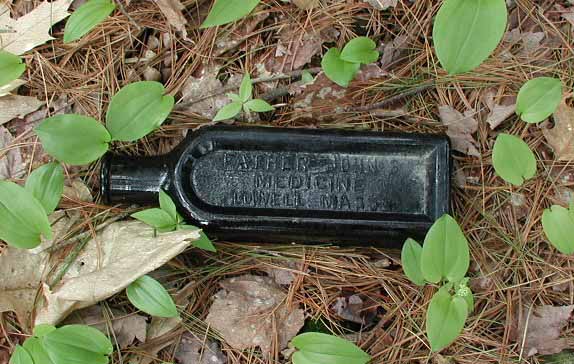
Figure 1: Father John's Medicine Bottle
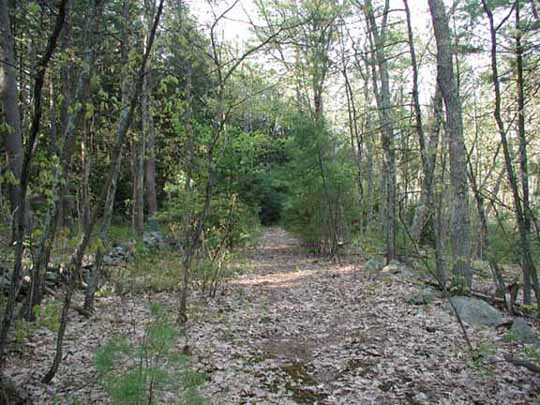
Figure 2: Old Stage Coach Route
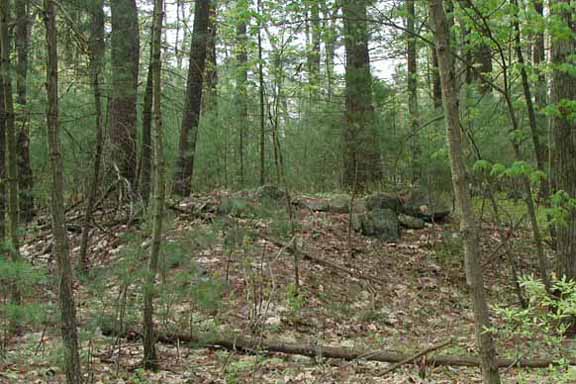
Figure 3: Facing Stone Platform from the North
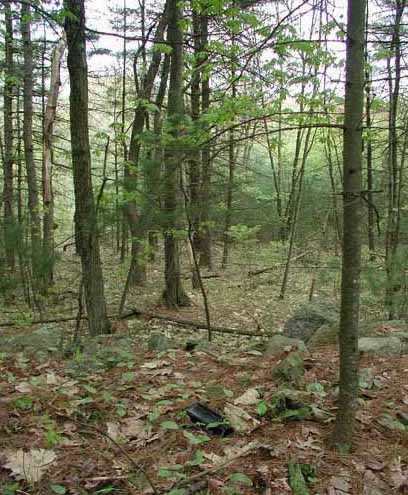
Figure 4: Looking North over Stone Platform
(bottle in foreground)
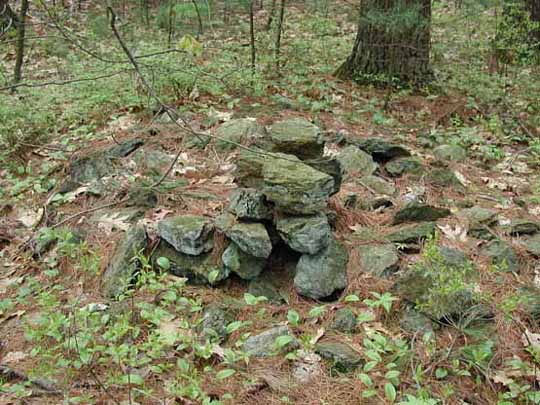
Figure 5: Stone Pile with Niche
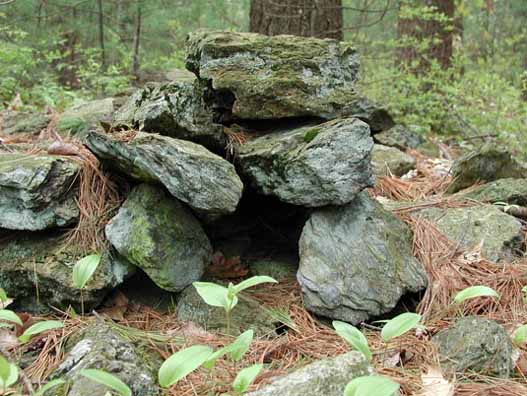
Figure 6: Close-up of Niche
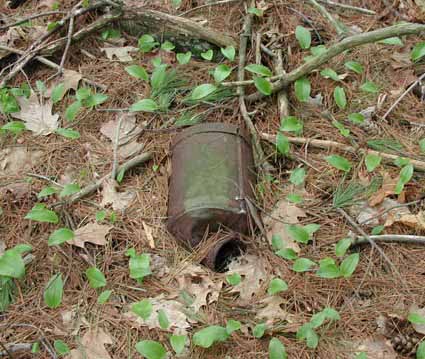
Figure 7: Rusty Milk Can
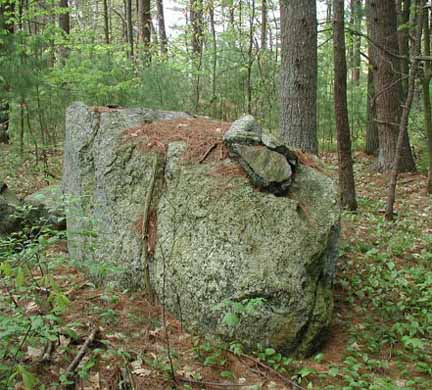
Figure 8: Erratic with "Effigy"
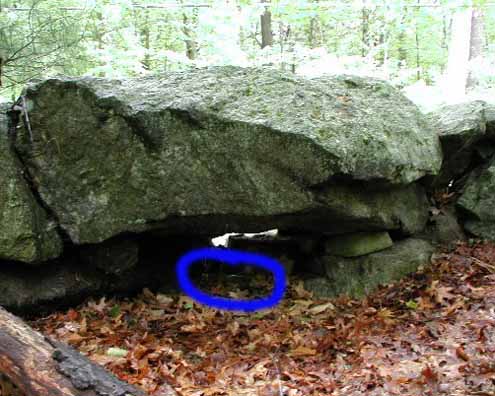
Figure 9: Bottle Donation West on Stage Route
For the history of Father John's Medicine Company,
click here.
To boudillion.com Home Page
Field
Journal
Copyright ©
May 2003 by Daniel V. Boudillion
|